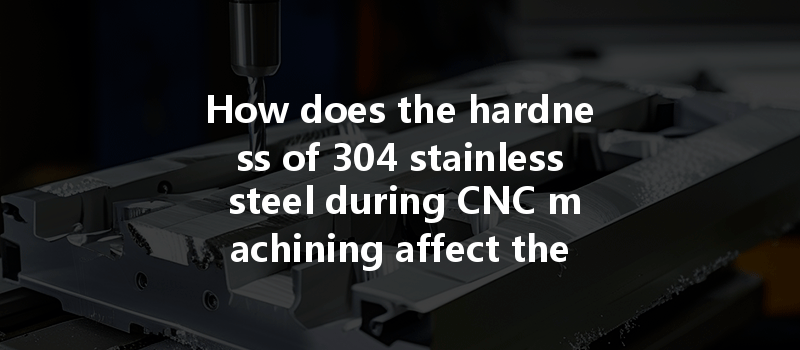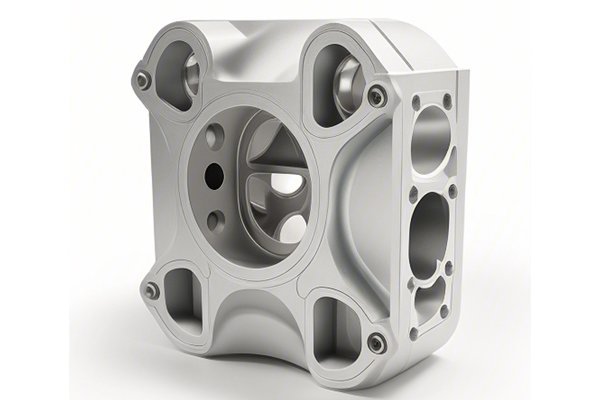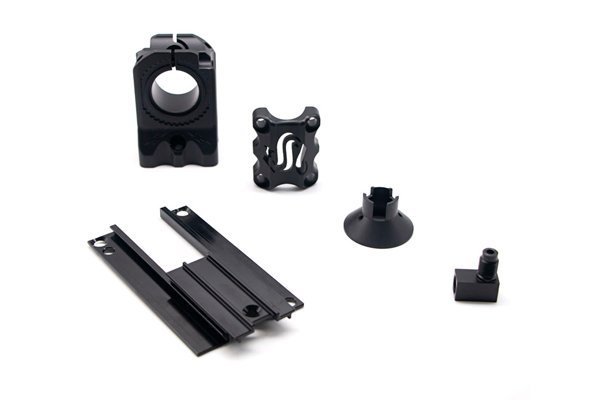Did you know that 304 stainless steel is one of the most commonly used stainless steel grades, accounting for nearly 70% of all stainless steel applications? Its versatility makes it popular in various sectors ranging from food processing to aerospace. However, when it comes to CNC machining, understanding the material characteristics—particularly hardness—plays a crucial role in achieving high precision, efficiency, and quality in the final product.
In this article, we will explore how the hardness of 304 stainless steel impacts the CNC machining process. By examining the relationship between hardness and various machining parameters, we will provide insight into tackling common machining challenges associated with this widely used material.
—
to 304 Stainless Steel
304 stainless steel is a chromium-nickel alloy known for its excellent corrosion resistance, good weldability, and formability. It contains approximately 18% chromium and 8% nickel, giving it a unique combination of toughness and ductility. However, its hardness can vary based on several factors, including its processing history and the environment in which it is used.
Understanding the hardness of 304 stainless steel is vital for manufacturers as it directly affects the machining parameters, tool selection, and overall machining strategy. It is essential to comprehend how hardness influences the cutting process to achieve the desired outcomes efficiently.
—
Understanding Material Hardness
Hardness is a material’s resistance to deformation, scratching, or indentation. It measures how well a material can withstand mechanical stress without permanently deforming. In metals, hardness can be tested using various methods, including Rockwell, Brinell, and Vickers tests. For CNC machining, hardness typically plays a significant role in determining the tool wear rate, cutting speed, and feed rates.
The microstructure of 304 stainless steel greatly influences its hardness. A refined microstructure can lead to increased hardness, whereas a coarse microstructure can result in lower hardness levels. The hardness of 304 stainless steel can also be modified through different heat treatment processes, work hardening, and quenching techniques.
—
How Hardness Affects CNC Machining
The hardness of 304 stainless steel has far-reaching implications during the CNC machining process. Below are some key ways in which hardness impacts machining:
A primary concern in CNC machining is the wear of cutting tools. Harder materials generally lead to increased tool wear. When machining 304 stainless steel, the hardness can cause accelerated wear on cutting edges, leading to reduced efficiency, increased downtime, and higher costs due to the frequent replacement of tools.
Solution: Select cutting tools made from high-speed steel (HSS) or carbide with a higher wear resistance. Using coated tools can also enhance durability, helping to mitigate wear during machining.
Hardness directly influences the choice of cutting speed and feed rate. As the hardness of 304 stainless steel increases, the cutting speed may need to be reduced to limit heat buildup and tool wear. Similarly, feed rates should be adjusted to prevent overloading the cutting tool.
Solution: Conducting tests to find the optimal cutting speeds and feed rates tailored to the specific hardness of the material is crucial. Employing CNC systems that can rapidly change cutting parameters dynamically can also help enhance productivity.
High hardness translates to higher cutting forces, which can lead to vibrations or chatter during machining. These cutting forces may affect the stability of the CNC machine and can lead to poor surface finish or inaccuracies in the final dimensions of the part.
Solution: Utilize better clamping methods and vibration dampening systems to stabilize the workpiece during machining. Opt for machines capable of handling higher cutting forces.

Achieving the desired surface finish is a major concern for many manufacturers. The hardness of the 304 stainless steel affects surface quality; higher hardness can lead to a rougher finish and surface imperfections such as tearing or chipping.
Solution: Careful selection of tool geometry, cutting speeds, and feed rates can improve surface finish. Moreover, applying appropriate coolant or lubrication can help reduce friction and enhance the overall finish of the machined part.
During the machining of hard materials like 304 stainless steel, significant amounts of heat are generated, which can affect the material properties and lead to distortion or residual stresses. Controlling the temperature becomes essential in such cases.
Solution: Implement effective cooling methods by using appropriate cutting fluids or air cooling methods. This not only helps dissipate heat but also improves the lubrication between the cutting tool and the work material.
—
Best Practices for Machining Hard 304 Stainless Steel
To overcome the challenges posed by machining 304 stainless steel with varying hardness levels, consider the following best practices:
Optimize raw material conditions by obtaining the desired hardness through controlled production processes. If necessary, consider annealing the stainless steel to relieve internal stresses and soften the material.
Invest in high-quality tools designed for hard machining. Use coated tools with advanced materials like carbide and ceramic for better heat resistance and tool longevity.
Adequate cooling and lubrication are paramount when machining hard materials. Use cutting fluids that reduce friction, dissipate heat, and improve chip removal.
Adhere to optimal cutting speeds and feed rates tailored to your machinery capabilities and the hardness of the material. Continuous monitoring can lead to timely adjustments, significantly improving machining performance.
Ensure that operators are well-trained in the challenges of machining hard materials. Understanding tool life, material characteristics, and machine capabilities can enhance decision-making during the machining process.
—
Understanding how the hardness of 304 stainless steel affects CNC machining is crucial for manufacturers seeking to optimize their machining processes and deliver high-quality parts. By addressing challenges related to tool wear, cutting parameters, surface finish, and heat management through proven strategies, manufacturers can enhance efficiency while minimizing costs.
This blog highlights the importance of not only recognizing but actively managing the impacts of hardness on the CNC machining process. By doing so, manufacturers can achieve better accuracy, extended tool life, and superior quality in their machined products—which, in turn, translates to greater customer satisfaction and business success.
Therefore, as the industry evolves, continuing to explore and comprehend material properties will enable engineers and machine operators to fully leverage the capabilities of CNC machining in producing exceptional components. Understanding the implications of hardness allows manufacturers to anticipate challenges and create a proactive strategy for overcoming them, making it an essential concept to consider in any CNC machining operation.






